Aluminum Copper Sputtering Target Description
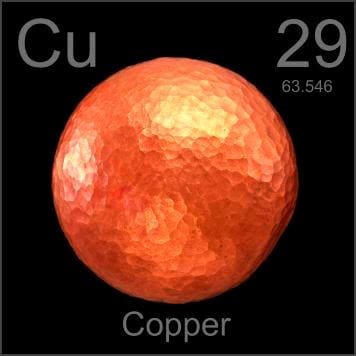
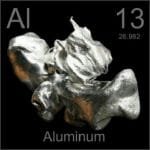
The aluminum copper sputtering target is made of high-quality aluminum copper alloys. These alloys are most valued for their higher strength and corrosion resistance compared to other bronze alloys. They are tarnish-resistant and exhibit low rates of corrosion in atmospheric conditions, low oxidation rates at high temperatures, and low reactivity with sulfurous compounds and other exhaust products of combustion. Additionally, they are resistant to corrosion in seawater.
The corrosion resistance of aluminum copper alloys results from the aluminum content, which reacts with atmospheric oxygen to form a thin, tough surface layer of alumina (aluminum oxide). This layer acts as a barrier, protecting the copper-rich alloy from further corrosion.
Related Product: Aluminum Sputtering Target, Copper Sputtering Target
Aluminum Copper Sputtering Target Specification
| Compound Formula | Al/Cu |
| Appearance | Reddish metallic target |
| Melting Point | 548 °C |
| Exact Mass | 89.911 g/mol |
| Monoisotopic Mass | 89.911 g/mol |
| Available Sizes | Dia.: 1.0″, 2.0″, 3.0″, 4.0″, 6.0″ Thick: 0.125″, 0.250″ |
We also offer other customized shapes and sizes of the sputtering targets; please Contact Us for more information.
Aluminum Copper Sputtering Target Bonding Services
Specialized bonding services for Aluminum Copper Sputtering Targets, including indium and elastomeric bonding techniques, enhance performance and durability. Thin Film Materials (TFM) ensures high-quality solutions that meet industry standards and customer needs.
We also offer custom machining of backing plates, which is essential for sputtering target assembly. This comprehensive approach improves target design flexibility and performance in thin film deposition. Our channels provide detailed information about bonding materials, methods, and services, helping clients make informed decisions.

Aluminum Copper Sputtering Target Packing
Our metal alloy aluminum copper sputtering targets are clearly tagged and labeled externally to ensure efficient identification and quality control. Great care is taken to avoid any damage that might be caused during storage or transportation.
Get Contact
TFM offers Aluminum Copper Sputtering Targets in various forms, purities, sizes, and prices. We specialize in high-purity thin film deposition materials with optimal density and minimal grain sizes, which are ideal for semiconductor, CVD, and PVD applications in display and optics. Contact Us for current pricing on sputtering targets and other deposition materials that are not listed.


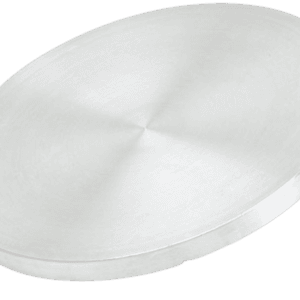
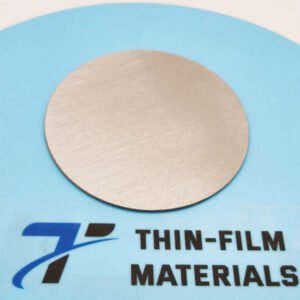
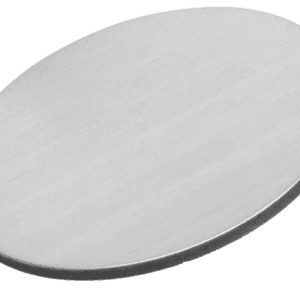
Reviews
There are no reviews yet.